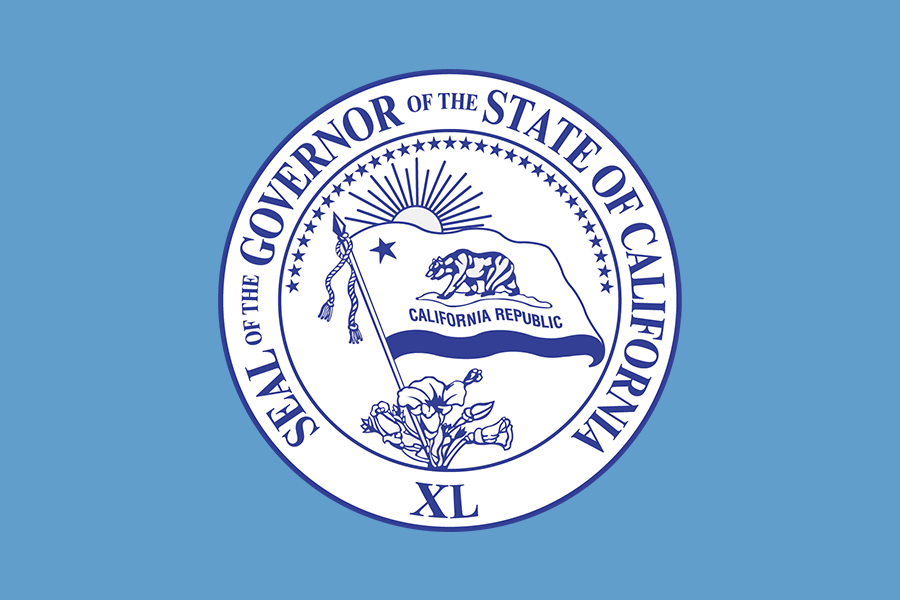SACRAMENTO /California Newswire/ — On Monday, Calif. Governor Gavin Newsom, through the Department of Managed Health Care (DMHC), submitted an application to the federal Centers for Medicare & Medicaid Services (CMS) to update California’s benchmark plan. The new benchmark plan would expand coverage requirements for essential health benefits (EHBs) in the individual and small group markets starting in 2027, following CMS approval. That expanded coverage would include services to such fertility treatments, annual hearing exams and hearing aids, and mobility devices such as walkers, manual and power wheelchairs, and scooters.
Support from California’s leaders
Senator Caroline Menjivar (D-San Fernando Valley), MSW, Chair of the Senate Health Committee: “Moving towards expanding California’s Essential Health Benefits marks a huge step forward for people with hearing loss, disabilities, and those struggling with infertility. The new proposed benchmark plan means children who are hard of hearing or deaf will have coverage for the hearing aids that make a significant difference in their development and well-being. Folks who are currently cut off from family-building because of financial barriers will be able to make this important reproductive decision for themselves. And those whose mobility relies on access to durable medical equipment will have increased coverage for their means of independence. This additional coverage would be life-altering and I am thankful to the Administration, experts, and community stakeholders who came together to craft a benchmark plan that serves Californians.”
Assemblymember Mia Bonta (D-Oakland), Chair of the Assembly Health Committee: “Expanding coverage to in vitro fertilization, annual hearing exams, hearing aids, and durable medical equipment in our state’s benchmark plan shows our statewide commitment to prioritizing meaningful access to care. I was proud to invest the time needed in a thorough, collaborative, and thoughtful process that is yielding real results for our constituents, who see the future of their coverage as more uncertain than ever. For the young couple who will finally be able to start their family, a child who will be able to hear their teacher, and someone with mobility limitations looking to remain independent, these changes will have impacts they feel every day. I’m thankful to everyone who made this possible.”
California Health & Human Services Agency Secretary Kim Johnson: “The updates to California’s benchmark plan and essential health benefits will close coverage gaps for millions while enhancing access to fertility services, hearing aids, and wheelchairs, easing the burden on families seeking these vital health care services.”
DMHC Director Mary Watanabe: “Selecting a new benchmark plan sets a new standard for commercial health coverage in California. I want to extend my sincerest gratitude to the state Legislature, health plans, providers, advocates and members of the public who participated in the process and provided thoughtful feedback and comments. This input has been essential, and was carefully considered, as we examined new opportunities to improve and expand health care coverage requirements under a new benchmark plan.”
How we got here
The federal Patient Protection and Affordable Care Act (ACA) requires health plans in the individual and small group markets to offer a comprehensive package of services, known as EHBs. EHBs must cover 10 broad categories of services including primary care, hospital services, prescription drugs, and emergency and urgent care services. Within these broad categories, a state can decide what specific services plans must cover by selecting its benchmark plan, which sets forth the EHB coverage requirements.
The DMHC has been working over the last year with the Newsom administration and Legislature to update California’s benchmark plan, including holding public meetings to share information on expanding the EHBs and the process to update the state’s benchmark plan. These public meetings provided opportunities for the public to comment about the benefits that should be considered for inclusion in the new benchmark plan. In addition to the public meetings, the DMHC issued public notices on California’s work to update the benchmark plan and accepted public comments on the state’s draft benchmark plan summary. If approved by CMS, the new benchmark plan requirements would take effect January 1, 2027.








